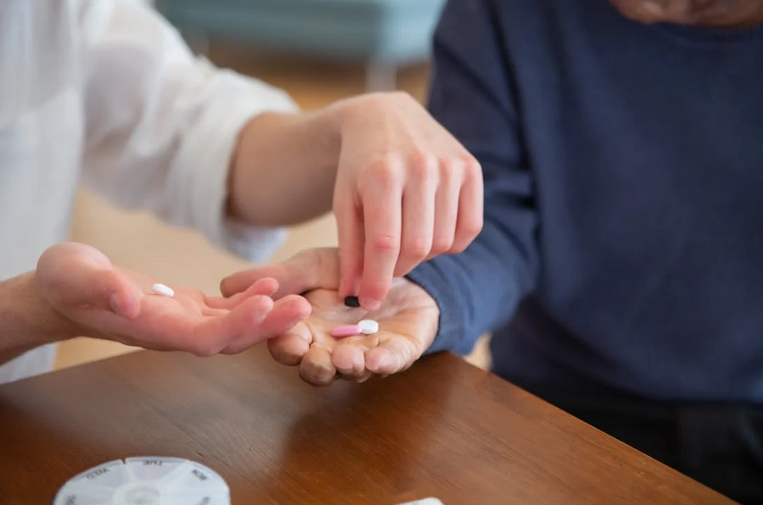The problem of drug abuse, especially opioids, has become a public health concern, which has adversely affected people, households, and societies in general. In fighting this epidemic, medication-assisted opioid treatment (MAT) has emerged as a plausible solution. MAT incorporates behavioral therapy and medications in order to help individuals overcome their addiction, improve their health, and start a new life.
Understanding Medication-Assisted Opioid Treatment
In order to combat opioid dependency, MAT incorporates psychotherapy and other behavioral therapies with some medication-assisted treatment drugs that are certified by the FDA. The medications include naltrexone, buprenorphine, and methadone, and they prevent the user from going through withdrawal, reduce the urge to use them, and also prevent their use.
- Methadone is an artificially manufactured opioid that is often used at a medication-assisted treatment centers. It helps reduce the urges and helps stabilize the patient’s body.
- Similarly, buprenorphine is a partial opioid agonist that can be prescribed for home use or used in a clinic. It reduces cravings and withdrawal symptoms but minimizes the risk of overdose.
- A non-opioid drug called naltrexone inhibits the effects of opioids. It is usually used following a detoxification period, and continuous supervision is necessary to guarantee adherence.
The Function of Medication-Assisted Treatment For Opioid Use Disorder
In the fight against opioid addiction, there is no doubt that medication-assisted opioid treatment is a great tool. MAT is invaluable in the treatment of both the physical and psychological components of addiction. MAT helps recovering addicts by:
- Reducing Cravings: Advances in Medical Technology have aided the development of drugs that help in reducing opiate cravings and hence promoting the recovery of patients.
- Preventing Relapse: MAT is useful in preventing relapse, which is one of the key issues faced by patients suffering from opiate addiction, as it brings the patient’s body to a stable state and reduces the symptoms of withdrawal.
- Improving overall health: Medication-assisted treatment for opioid use disorder can improve overall well-being by decreasing the likelihood of such diseases as HIV and Hepatitis C and improving cardiovascular systems
- Enhancing social functioning: It is possible that the participants pursuing MAT will also improve their social functioning, for example, by having better relations with family and friends and having greater job opportunities.
- Reducing Criminal Levels: Studies have shown that substance dependence treatment minimizing addiction-related criminal behavior is possible and can be of benefit on individual and community levels.
The Effectiveness Of MAT
Many research studies have proven that medication-assisted treatment for opioids is effective in combating opiate dependency. Studies have shown that patients on MAT have reduced opioid death rates, including dealing with complications and improved retention rates. Additionally, MAT may prove cost-effective in that it reduces the costs associated with the treatment of complexities related to opioid abuse, such as costly emergency department visits and hospitalizations.
Obstacles and Things to Think About
MAT has several advantages, but it also has some drawbacks and challenges that must be addressed. The following are some of the limitations:
- One of the most common problems encountered by MAT is therapy access. A majority of the opioid-addicted population cannot access medication-assisted treatment centers or afford therapy.
- MAT is still an issue that has a stigma attached to it, which puts people off treatment. Usually safe, MAT drugs may also have side effects such as nausea, constipation, or tiredness.
- It may be complex to adhere to treatment representations during MAT, and patients may require close monitoring and support.
The Future Of MAT’s Implementation
Despite these challenges, medication-assisted treatment for opioids seems to have a promising outlook for continued use in the foreseeable future. For instance, additional research is being done to understand quite well how effective MAT is and address the challenges related to its implementation. So, it is also being worked on how to reduce the stigma of MAT therapy and make it more available.
Providing A Route To Rehabilitation For Those With Opioid Addiction
Using behavioral therapy and medicine, MAT helps people fight cravings, prevent relapses, and improve their health. Awareness and choice will help individuals change their present situation. Medication-assisted opioid treatment will play a significant role in that process of change going forward.








1 Comment
More info for pain disorders.